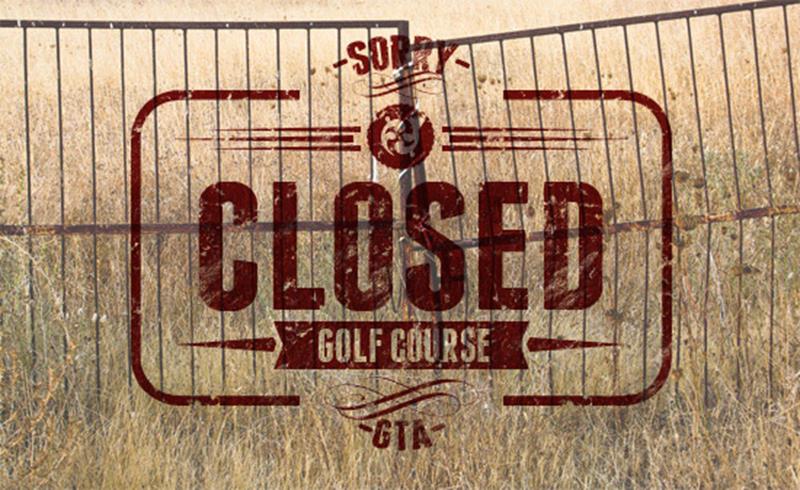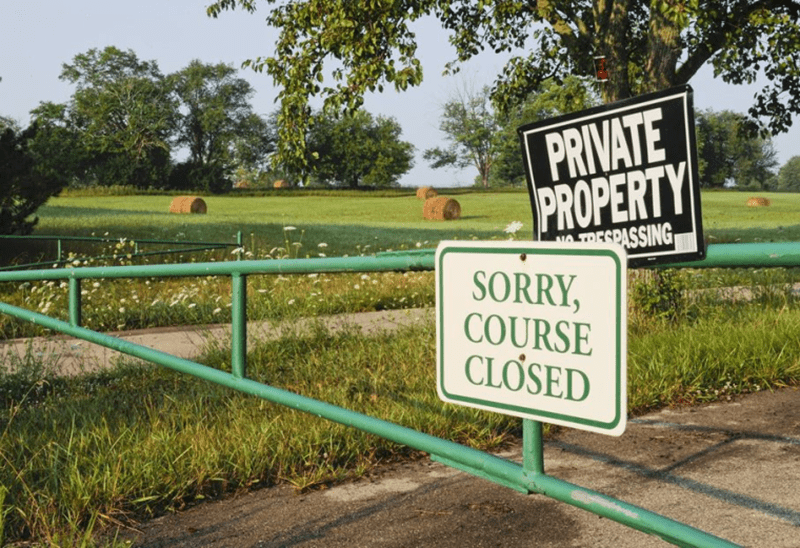For my Grow the Game Series I recently interviewed Rand Jerris, the Senior Managing Director for Public Services for the USGA, Jay Karen, the new CEO of the National Golf Course Owners Association and Derek Sprague of the President of PGA of America. Together we discussed the economic conditions influencing the growth and future of the game of golf.

What message would you like to give to golfers about the current health of the game as it relates to economics?
Rand Jerris: The most important thing is that the game continues to be very strong in this country. Certainly there has been some negative headlines that we have all read over the last 12 months, but I think those stories have relied on data points that tell an incomplete story.
Historical data tells us that for the past 30 years we have been in a protracted period of growth in America, during which participation has been rising. We have a core of 20 million avid golfers in this country and participation has been extremely stable. Golfers who are passionate about golf will tell you what an amazing sport it is and how much it enriches their lives.
Jay Karen: The golf course owners and golf’s governing bodies have begun listening to golfers more attentively than we ever have in the past. The golf industry is absolutely committed to finding ways to strengthen the game and continuously improve the golfer experience whether the player is a beginner or someone that has played the game for 40 years.
Derek Sprague: We closely watch golf facility performance in measuring the health of the game. Through September, golf rounds played at golf courses in the United States were up 2% over the same period in 2014. Golf facilities are also reporting growth in key revenues, ranging from a more than 1% increase in golf fee revenues to a greater than 4% increase in golf merchandise sales, and food and beverage revenues. These are all a positive reflection of growth in the game.
Overall, golf participation has stabilized today, with an estimated 25 million people playing the game nationwide. As player development programs continue to take root across America’s golf facilities and serve more diverse audiences, golf participation will further improve.
That’s why one of the other indicators we track is general appeal. In 2014, two million people tried golf for the first time, more than any year since 2002. Meanwhile, youth golf participation (ages 6 to 17) grew by 29%, from 2.4 million in 2011 to 3.2 million in 2014. Girls now account for 28% of all youth golfers in the U.S., up from 20 percent in 2007.

Please explain how the negative headlines tells an incomplete story?
Rand Jerris: Many of the negative headlines in recent years have focused on course closures. The reality of the situation is that over the past 20 years we got into a classic situation of oversupply. We simply built too many courses for the demand. As a result, we are currently going through a period of healthy correction which has seen about 600 golf courses closed. This trend will continue until the balance of supply and demand is restored.
Once this balance is restored, there will be some ancillary benefits that result from it. Namely, as weaker courses close, the overall quality of the surviving courses will improve. Secondly, some private courses are opening their doors and, as a result, there will be a higher percentage of public golf courses than ever before and the game will be more accessible to anyone that wants to play the game.
Jay Karen: I think it is important to note the contributing factors that lead to oversupply. Industry analysts in the early 1990’s suggested that one golf course needed to be built every day to keep up with demand. At about that time, housing developers began building golf courses as an amenity for high-end real estate developments to sell higher priced homes.
Then in the late 1990’s the industry hoped that the Tiger Woods effect would create a groundswell of new golfers that would allow demand to keep up with the supply of new golf courses being built. In retrospect, the number of new players entering the game has not kept pace with the number of new courses coming on line. That is why the current correction is not an existential matter. It’s supply and demand getting into a better balance.
Derek Sprague: Golf participation (defined as an individual playing one or more rounds of golf in a given year) in the United States reached its peak in 2003, with an estimated 30 million people playing the game. During this time, a number of factors led to the growth of “fringe” or casual participants including: tremendous exposure of the game, with Tiger Woods at the forefront; visible expansion of golf real estate development; the promotion of the golf lifestyle; and a rise in net worth, thanks to housing values and the stock market.
This all changed in 2006 and 2007, as the housing bubble burst, and the Great Recession eventually took hold, which lead to significant declines in net worth. Those who were fringe participants left the game.

During this transition period, the golf industry came together to identify new ways to not only grow participation but expand the number of committed golfers, who are not fringe players, into the sport from a trial perspective. Utilizing their direct connection with consumers, PGA Professionals took the lead in a number of player development initiatives.
Two of our leading industry programs not only focus on introducing people to golf, they look beyond traditional participation to grow the next generation of players. Get Golf Ready is an affordably priced introductory series of golf lessons that takes place on and off the course. In 2014, this program attracted 99,000 students, 62% of which were female, while 21% were minorities.
Impressively, 86% of those participating in Get Golf Ready last year continued on with the game after the program. Additionally, PGA Junior League Golf takes an innovative approach to youth golf, as boys and girls ages 13 and under of all abilities play on teams with numbered jerseys. Since the launch of this program in 2012, participation has grown from 123 teams and 1,500 kids to 2,500 teams and 30,000 boys and girls in 2015.
Have something to add to this story? Share it in the comments!
